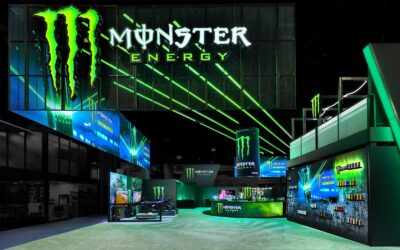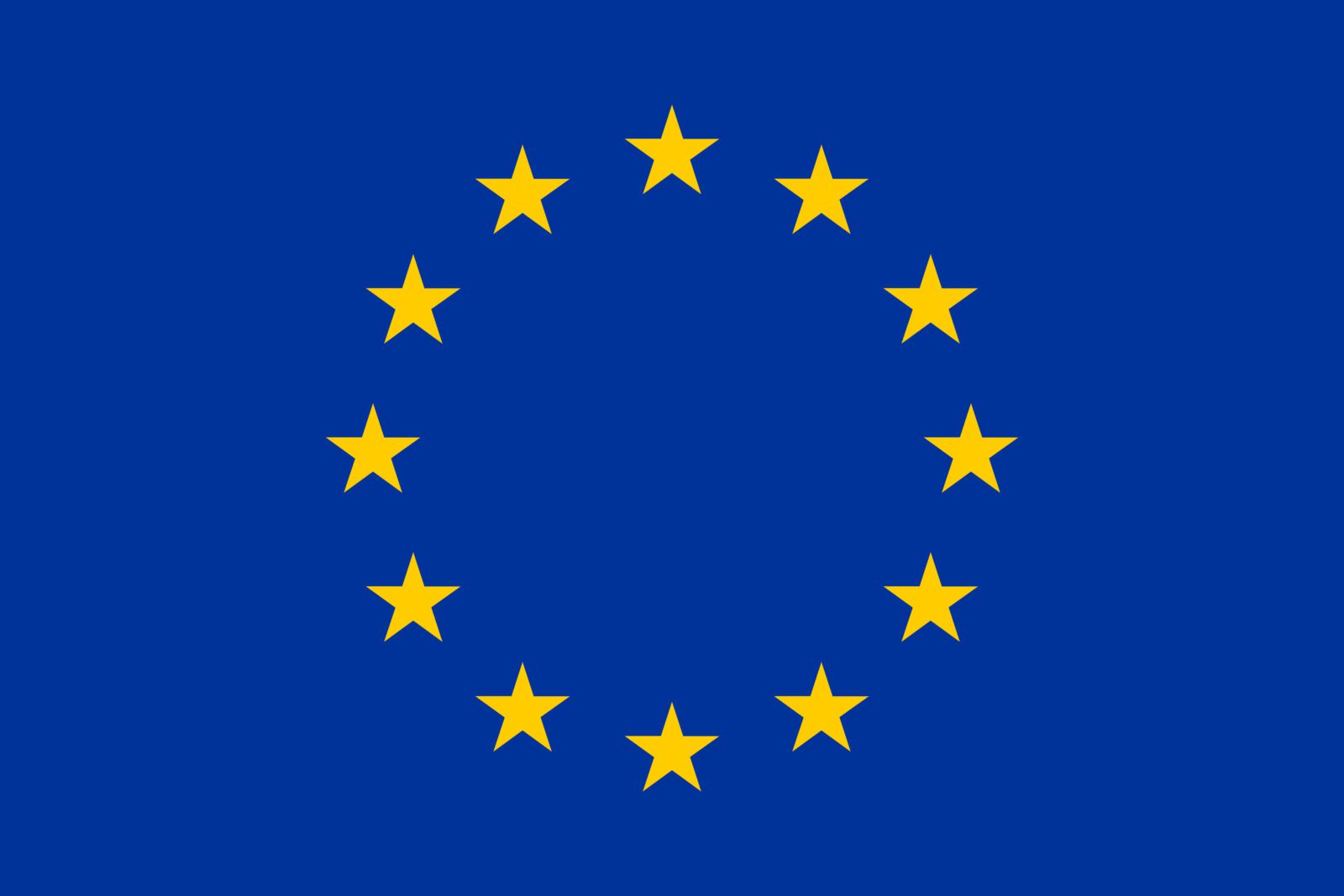
If you’re an American exhibitor heading to a European trade show for the first time, be prepared for a different experience — one that’s often more streamlined, more hospitable, and sometimes even more cost-effective. While the fundamentals of exhibiting remain the same (engage your audience, reinforce your brand, and drive business opportunities), the way European trade shows operate can be quite different from what you’re used to in the U.S.
From logistics to booth design, hospitality to giveaways, here’s what you need to know before taking your exhibit across the Atlantic.
1. No Drayage — Yes, Really!

One of the biggest cost shocks for American exhibitors is realizing that drayage — the material handling fees that can skyrocket costs in the U.S. — doesn’t exist in Europe. In the States, moving freight from the loading dock to your booth space can cost more than shipping the booth itself. In Europe, this simply isn’t the case. Freight is typically delivered directly to your space, and labor costs are generally rolled into the overall exhibit budget. This alone can make exhibiting in Europe more financially viable than you might expect.
2. Hospitality Is King — And It’s Affordable
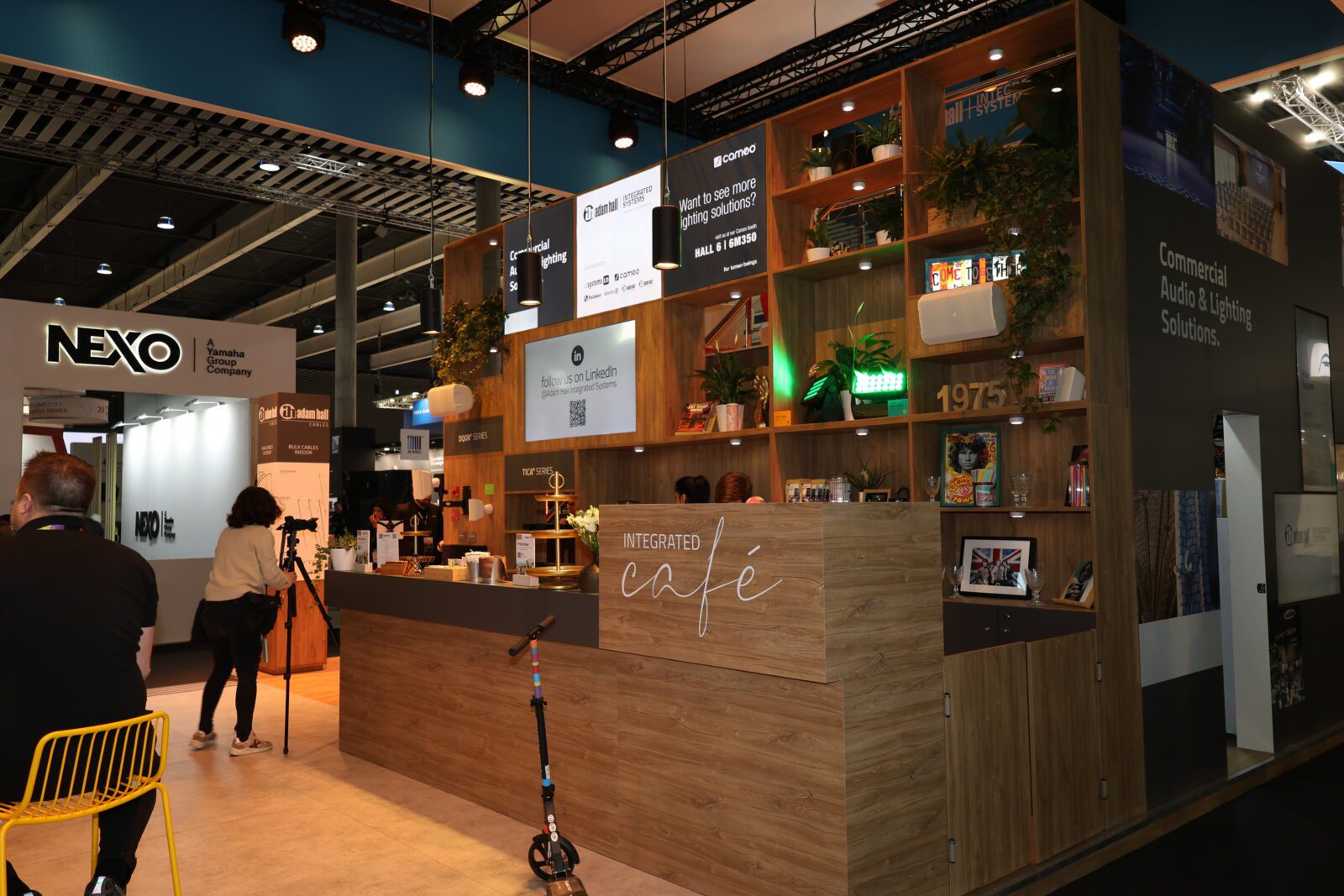
Trade shows in Europe prioritize hospitality in a way that many American exhibitors overlook. Instead of standing behind counters handing out brochures, European exhibitors often host guests with comfortable lounge seating, coffee bars, and even beer or wine service. And the best part? Food and beverage catering in Europe is significantly less expensive than in the U.S., making it easier to create a warm, inviting environment without breaking the bank.
If you want to stand out at a European show, consider incorporating hospitality elements into your booth — whether that’s a proper coffee bar, an afternoon happy hour, or a small lounge space that encourages conversation.
3. Giveaways Are Rare

If you’re used to seeing American booths filled with branded pens, tote bags, and water bottles, you might be surprised by the lack of giveaways at European shows. Promotional items simply aren’t as common, and attendees don’t expect them. Instead, exhibitors focus on meaningful conversations and experiences.
That doesn’t mean you can’t bring branded items, but if you do, choose something practical and high-quality. A well-designed notebook or a premium reusable bottle may resonate more than a mass-produced trinket. Or better yet, invest in a booth experience that creates lasting brand impact.
4. Different Rules About Sightlines and Booth Design

U.S. exhibitors are familiar with strict height restrictions, set-back rules, and sightline regulations designed to ensure neighboring booths remain visible. In Europe, regulations tend to be more relaxed, with greater flexibility in height and structure. This means you can often go taller and more enclosed if your design calls for it.
However, each venue and country has its own regulations, and some shows are stricter than others. It’s critical to check show guidelines early in the planning process to avoid costly last-minute redesigns.
Another key difference? European booths tend to be more architectural, with solid walls, private meeting areas, and a strong emphasis on brand presence rather than product displays. Think sleek, sophisticated, and experiential.
5. Should You Ship Your Booth or Build Locally?
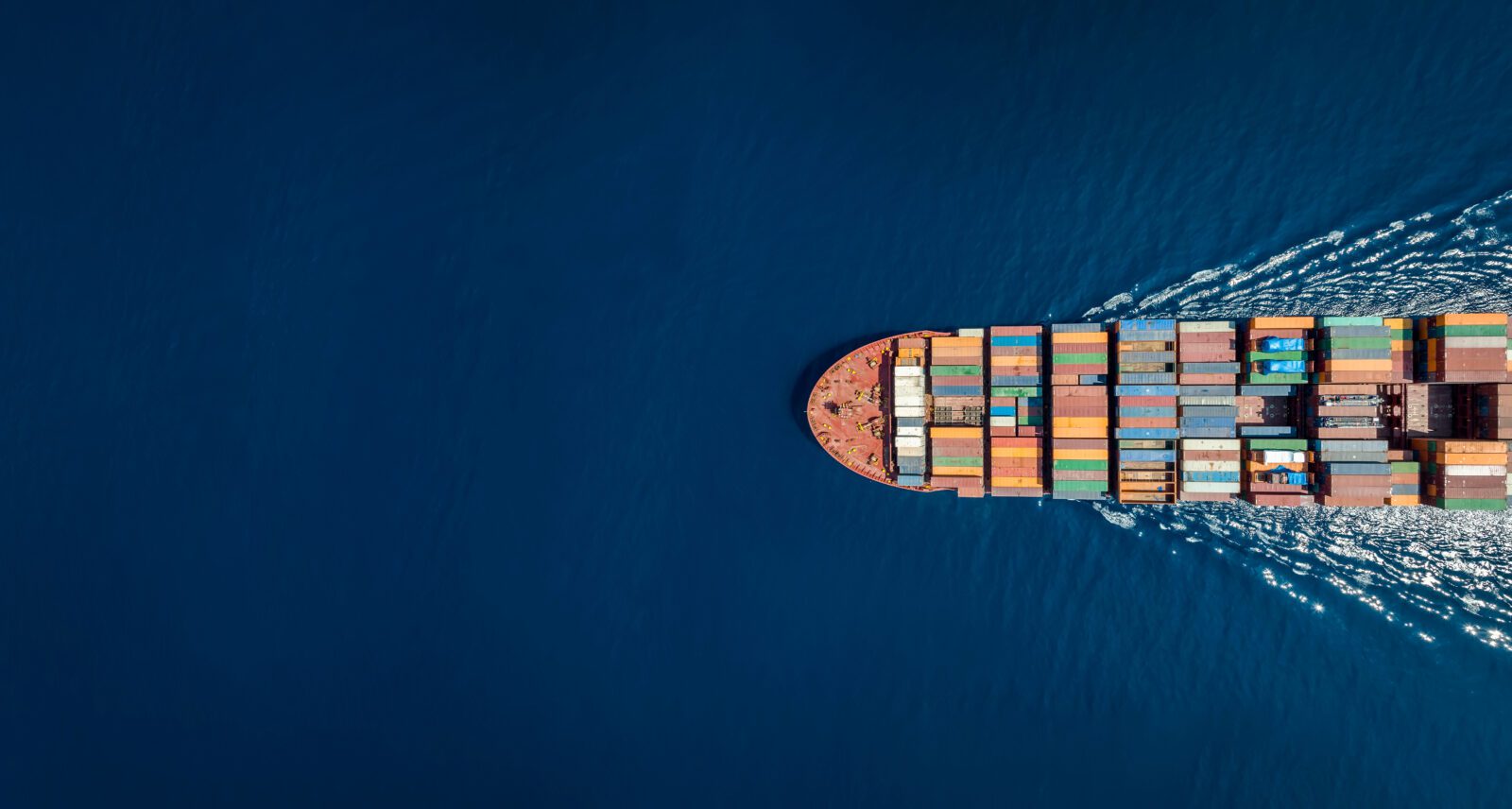
One of the biggest decisions American exhibitors face when exhibiting in Europe is whether to ship their U.S.-built booth overseas or work with an exhibit house with a European partner to build locally. The answer depends on your budget, timeline, and show strategy.
Shipping a U.S. Booth to Europe:
- Works well if you have a modular booth designed for international travel.
- Can be expensive due to freight costs, customs clearance, and storage.
- Requires careful coordination with an experienced international logistics provider.
Building in Europe:
- Often more cost-effective due to lower labor costs and no international freight.
- Reduces the risk of damage in transit.
- Allows you to take advantage of regional materials and expertise.
If you plan to exhibit in Europe regularly, partnering with an exhibit builder with an international network can be a smart move. Many American exhibitors find that working with a European partner eliminates logistical headaches and ensures the booth meets local standards and expectations.
6. Expect a Different Show Schedule
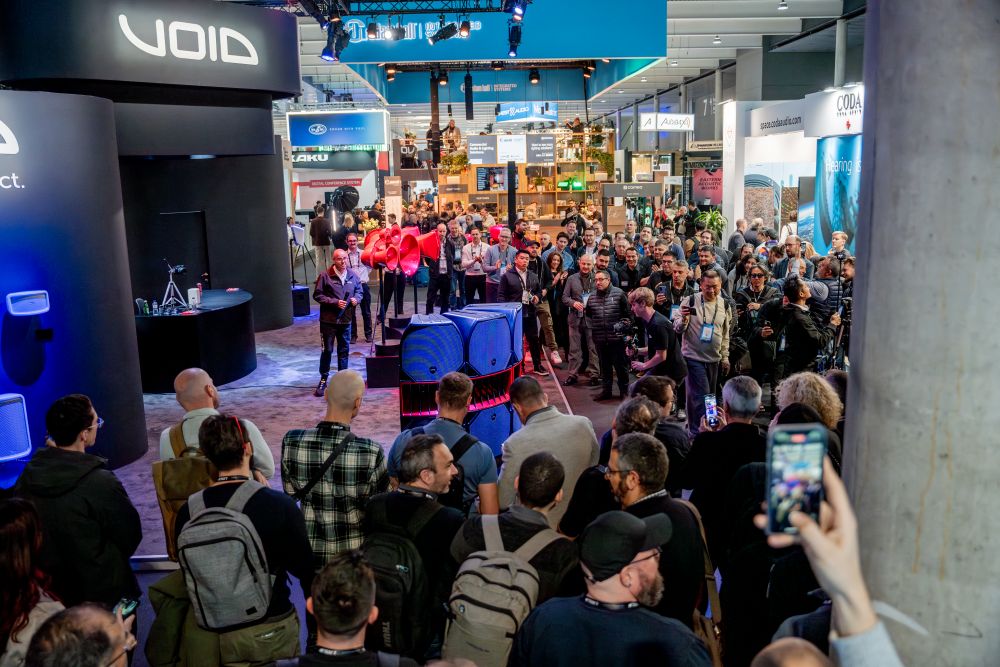
In the U.S., trade shows often run long hours with an intense, fast-paced environment. In Europe, shows tend to start later, include longer lunch breaks, and sometimes even end earlier in the evening. There’s also a stronger emphasis on post-show networking events, often held at nearby restaurants, bars, or even within the exhibit halls themselves.
Understanding this cultural shift can help you plan staffing schedules and engagement strategies more effectively.
Final Thoughts: Embrace the Differences
Exhibiting in Europe offers a fresh opportunity to rethink your trade show approach. The lack of drayage, the affordability of hospitality, and the unique booth design possibilities all present advantages that can make your exhibit experience smoother and more engaging.
By adapting to the European way of exhibiting — focusing on hospitality, designing for immersive experiences, and skipping the mass giveaways — you can create a presence that not only resonates with European audiences but also sets your brand apart in an entirely new market.
Would you like guidance on designing a European-ready exhibit? Let’s talk.
